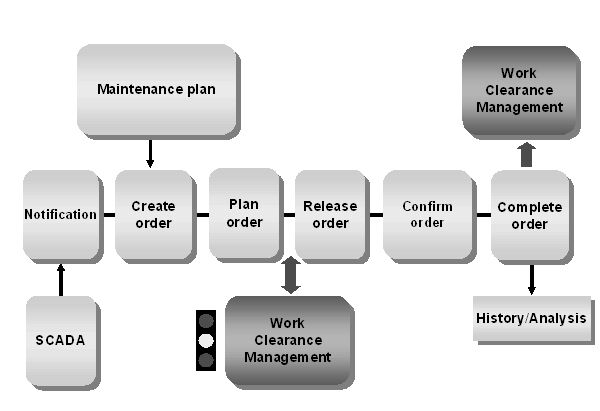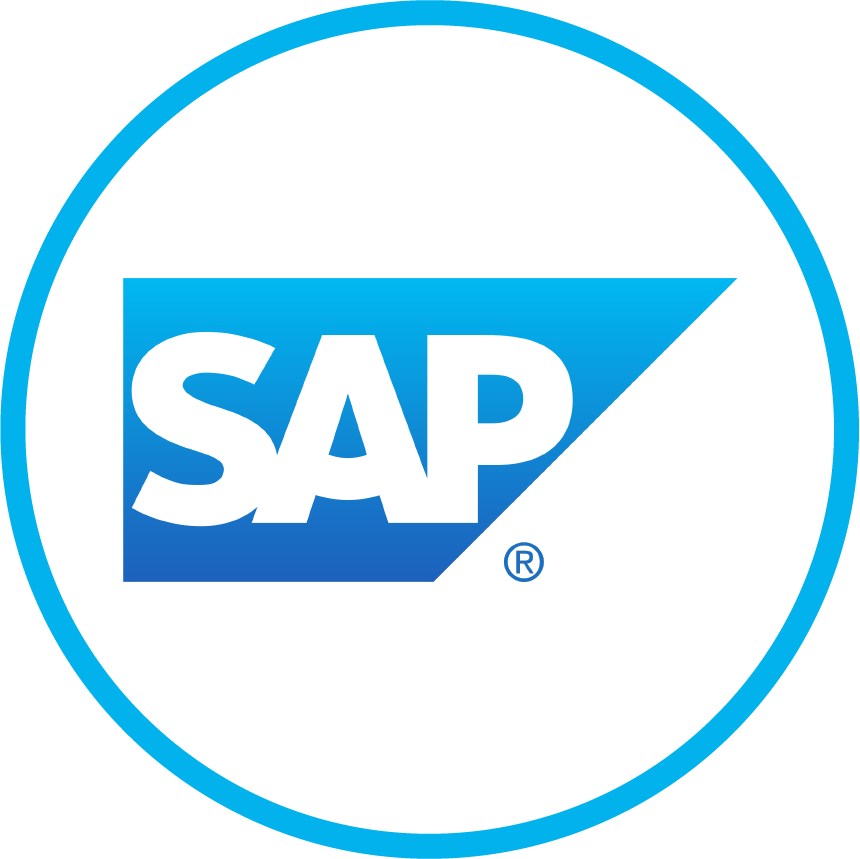
- Sap ecc components list how to#
- Sap ecc components list manual#
In this blog, you have learned about SAP Accounts Payable and Vendor Master Data. It also includes house banks from which the payment should be processed and the appropriate payment methods relevant for the payee or country.

The rules further determine the due dates for the payments and payees to whom the payment should be made. However, if required, the payment program can even group several open items that are to be paid into a single payment. These are the rules that you define in the payment program configuration.
Sap ecc components list how to#
This prints a variety of outputs such as payment lists, payment forms and checks.įurther, the payment program determines what to pay when to pay and how to pay through the payment rules. Besides creating conventional payment documents, it can supply payment data form of magnetic tape or a compact disc to the payment program. Also to make inter-company payments, process both domestic and foreign payments and block payments etc. It further enables you to clear open items (between customers and vendors). Also the program comes delivered with the required forms and print programs> These subsequently, helps to meet the country-specific payment requirements of almost all the countries in the world. These are built to meet several payment methods (check, Bill of exchange etc). You can use SAP’s payment program to handle both outgoing and incoming payments automatically.
Sap ecc components list manual#
Prepare Cross-company code manual payments. Define reason codes ( manual outgoing payments). Under this setting, we have to configure the following:. Some of the settings under manual outgoing payments have already been defined under the global settings. While the internal vendors are your staff or other divisions of your company who are represented by separate vendor masters in the system. The external vendors are your business partners from whom you purchase goods and services. Outgoing payments typically represent the payments you make to your external and internal vendors. For this, you need to configure the workflow with the document types for payment release, Thi is the level at which the release happens and who can release the payment and up to what amount. Once released you can then pay for that line item. There may be situations when you want to release a payment that had been blocked earlier. Release for Payment with Accounts Payable in SAP This is while maintaining the company code global parameters. You can use this functionality to change settings after configuring the discount base. You are surely able to change these if needed when entering a document to the vendor account. The system proposes the payment term key and payment terms. Once these are defined, you can assign these terms in the vendor or customer master records. It enables the system to automatically determine the appropriate payment terms. In the SAP system, you define the payment terms as rules using a four-character key. Generally, the shorter the credit or payment period the higher the discount offered and vice versa. The terms of payment represent the specifications on the payment conditions such as the number of days by which the payment is to be made or whether there is a discount for early payment. Unless you maintain the correct settings, your system users will find it difficult to process the transactions with the speed and accuracy needed to support the business. This is to handle the business transactions the way you want to meet your organization’s specific processing requirements. Once you have the master data in the system available to your vendors, the next logical step is to configure the system.  Control data ( automatic purchase order, GR based invoice verification)īusiness Transactions in SAP Accounts Payable. Conditions ( order currency, incoterms etc.). Correspondence ( dunning procedure, dunning level, dunning block etc ). Payment transactions ( payment terms, payment methods, tolerance group etc ). Accounting information ( recon A/C, w/tax code etc). Payment transactions ( bank key, bank etc ). You can prevent inconsistencies in master data by maintaining it centrally. The master data controls how business transactions are recorded and processed by the system. In addition to FI, these are also used in materials management ( MM). It can also be the tax information, bank details, account control data and payment and purchasing data.
Control data ( automatic purchase order, GR based invoice verification)īusiness Transactions in SAP Accounts Payable. Conditions ( order currency, incoterms etc.). Correspondence ( dunning procedure, dunning level, dunning block etc ). Payment transactions ( payment terms, payment methods, tolerance group etc ). Accounting information ( recon A/C, w/tax code etc). Payment transactions ( bank key, bank etc ). You can prevent inconsistencies in master data by maintaining it centrally. The master data controls how business transactions are recorded and processed by the system. In addition to FI, these are also used in materials management ( MM). It can also be the tax information, bank details, account control data and payment and purchasing data. 
Such as their personal details – name, address, language and phone number. The vendor master record contains all the data you need to manage your vendors. For a better understanding of FI-AP, I will include the following sections:.






 0 kommentar(er)
0 kommentar(er)
